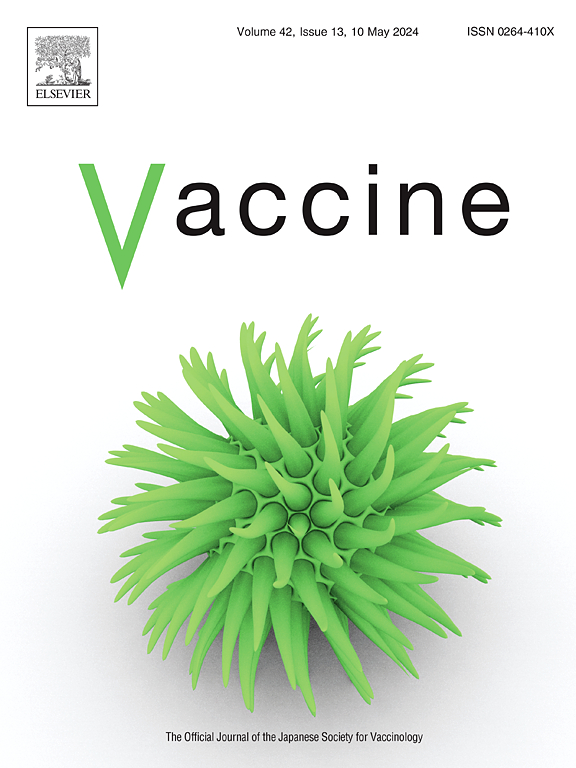Association of serum anti-gbs2106 protein immunoglobulin G (IgG) in newborns and risk reduction of invasive group B streptococcus disease during early infancy.
IF 4.5
3区 医学
Q2 IMMUNOLOGY
引用次数: 0
Abstract
Background
Human immunoglobulin G (IgG) directed against Group B streptococcus (GBS) epitopes is transferred transplacentally from the mother to the fetus. A GBS putative protein, gbs2106, has been previously identified as a potential GBS protein antigen vaccine candidate. However, its genetic prevalence and surface expression in GBS-isolates has not been evaluated. In this study, we evaluated the prevalence, surface expression and association of maternal-acquired serum anti-gbs2106 IgG in newborns and risk reduction of infant invasive GBS disease through to 90 days of age in a South African-based cohort.
Methods
We conducted a nested case-control study within a previously established birth cohort that was designed to investigate serological markers associated with risk reduction of invasive GBS disease. In the parent study, additional cases were identified through a hospital surveillance system which included infants diagnosed with culture-confirmed invasive GBS disease outside the original cohort study. In this current study, surface expression of gbs2106 was analyzed on recto-vaginal colonizing isolates from mothers whose infants remained healthy, and on isolates from infants who developed invasive GBS disease. Flow cytometry was used to determine surface expression levels. The anti-gbs2106 IgG in maternal and infant or cord blood was measured using a bead-based assay on the Luminex platform.
Results
The gbs2106 gene was present on all colonizing GBS-isolates from women in the control group and infant invasive GBS-isolates. The gbs2106 protein was expressed on 81.6 % (71/87) and 82.2 % (48/58) of maternal colonizing isolates and invasive GBS-isolates, respectively. There was a strong positive correlation (r = 0.855, p < 0.0001) of maternal and cord serum anti-gbs2106 IgG levels, with the combined cord to maternal anti-gbs2106 IgG geometric mean concentration ratio being 0.9 (IQR 0.7–1.1). Serum anti-gbs2106 IgG geometric mean concentrations in the infants were lower among the invasive disease cases (158.7 arbitrary units [AU]/ml; 95 %CI: 102.3–246.2) compared with controls (304.8 AU/ml; 95 %CI: 226.8–409.8; p = 0.012).
Conclusion
Our study demonstrates an inverse association between infant serum anti-gbs2106 IgG and risk of invasive GBS disease, indicating gbs2106 protein as a potential vaccine candidate.
新生儿血清抗 gbs2106 蛋白免疫球蛋白 G (IgG) 与降低婴儿早期侵袭性 B 组链球菌疾病风险的关系。
本文章由计算机程序翻译,如有差异,请以英文原文为准。
求助全文
约1分钟内获得全文
求助全文
来源期刊

Vaccine
医学-免疫学
CiteScore
8.70
自引率
5.50%
发文量
992
审稿时长
131 days
期刊介绍:
Vaccine is unique in publishing the highest quality science across all disciplines relevant to the field of vaccinology - all original article submissions across basic and clinical research, vaccine manufacturing, history, public policy, behavioral science and ethics, social sciences, safety, and many other related areas are welcomed. The submission categories as given in the Guide for Authors indicate where we receive the most papers. Papers outside these major areas are also welcome and authors are encouraged to contact us with specific questions.
 求助内容:
求助内容: 应助结果提醒方式:
应助结果提醒方式:


